Family Papilionidae Scientific name Troides amphrysus Rank Species | Genus Troides Order Butterflies and moths | |
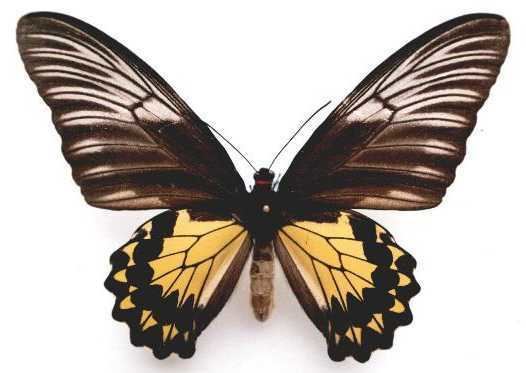 | ||
Similar Troides miranda, Troides criton, Troides riedeli, Troides vandepolli, Troides haliphron | ||
troides amphrysus butterfly of malaysia
Troides amphrysus, the Malay birdwing, is a birdwing butterfly in the genus Troides in the papilionidae family.
Contents
- troides amphrysus butterfly of malaysia
- troides amphrysus nature shop
- Subspecies
- Related species
- Description
- Life history
- Distribution and habitat
- Behaviour
- References
troides amphrysus nature shop
Subspecies
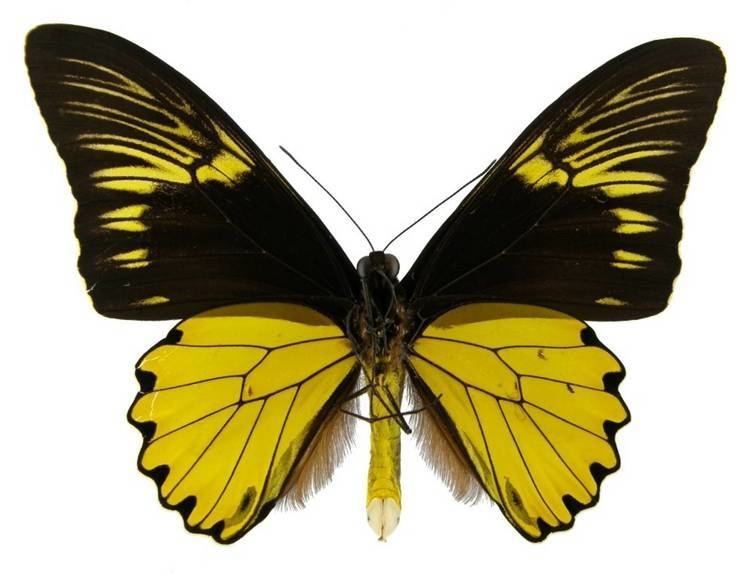
Related species
Troides amphrysus is a member of the Troides amphrysus species group. The members of this clade are:
Description
For terms see External morphology of Lepidoptera.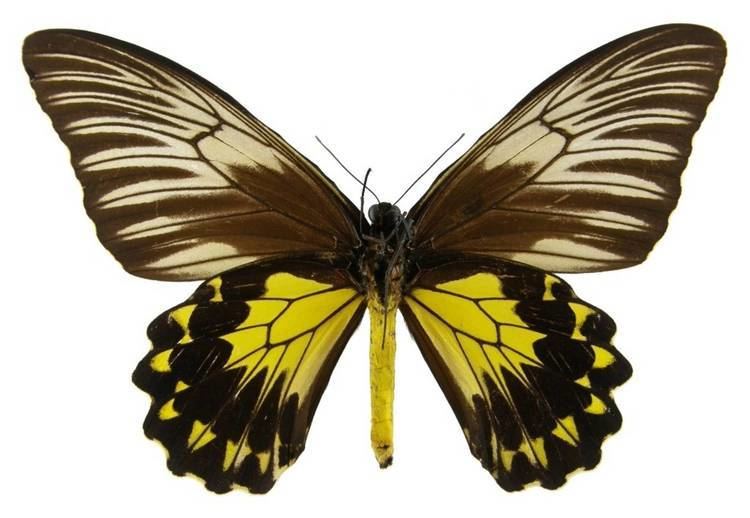
Male. The uppersides of the forewings are black or dark brown, with veins bordered by pale yellow. The uppersides of the hindwings are golden yellow, with black veins and black spots at the edges.
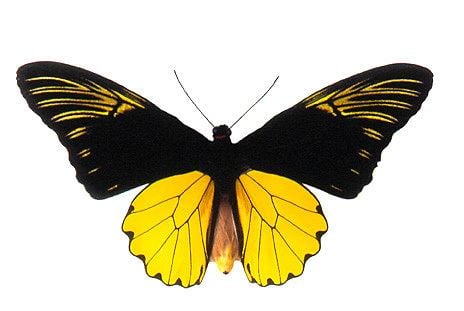
Female. The basic colour of the females is black or dark brown, with veins bordered by white. The uppersides of the hindwings have a smaller golden-yellow area at the base and several yellow spots at the edges.
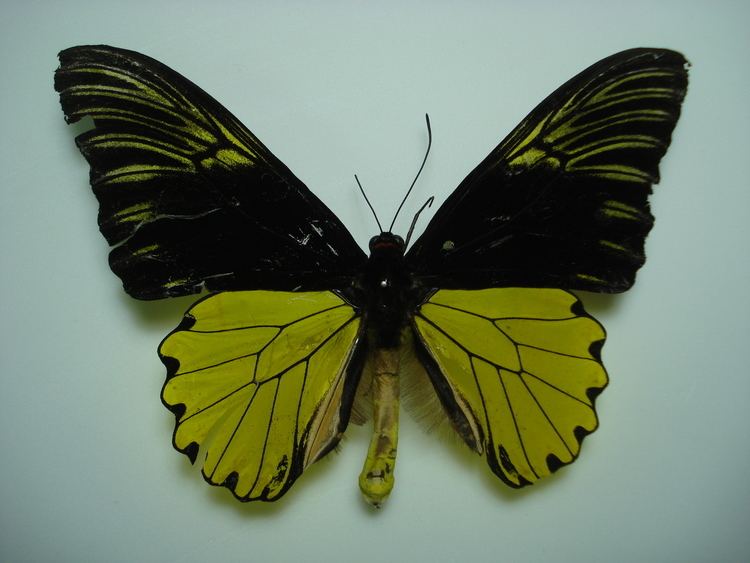
In both sexes the undersides are similar to the uppersides. The abdomen is yellow, while the head and thorax are black.
Life history
The egg is large and round and a pearly colour. Eggs are deposited on the food plant and the incubation period is two weeks. The first instar larva is black and bears numerous orange tubercles with short, black, branched spines. The intermediate instars 2, 3 and 4 are black. The thoracic segments have eight tubercles and the abdominal segments have six each. These are fleshy and lack spines. The dorsal tubercles of the 2nd, 3rd, 6th, and the 7th abdominal segments, are black. All the other tubercles are bright orange. In the penultimate and final instars the head is black and the thorax and abdomen is dark coffee brown. There is no saddle mark in this species. The tubercles are largely uniform in size, shape and of the ground colour. They are incline posteriorly and the apices are bent forwards to form small hooks. This species is not monophagous. The larvae feed on Aristolochia - A. acuminata and A. foveolata and on various Thottea species.
The pupa is yellowish green and is marked with greyish veins as in a leaf. It has a broad dorsal saddle mark, this is lemon yellow transversely marked with brown streaks. The abdomen has three pairs of sharp dorsal processes, directed laterally. The pupal stage lasts from 27 to 30 days.
Distribution and habitat
This species can be found in the Australasian ecozone and in the Indomalayan ecozone, from Myanmar up to Indonesia. The habitat is primary and secondary rainforest.
Behaviour
In the morning the butterflies fly at 20 to 30 m high in the canopy. Females rest on the foliage, while males glide in broad circles above them. The males perform an elaborate quivering courtship display several metres above the females, before copulation. Later in the day both sexes descend to feed on flowering trees and bushes including Lantana.
